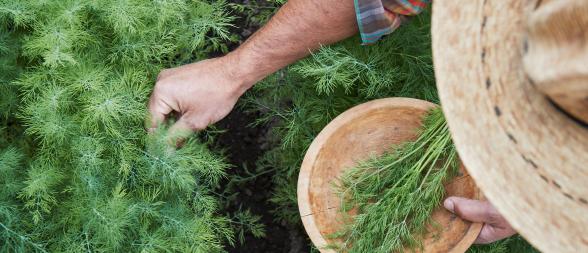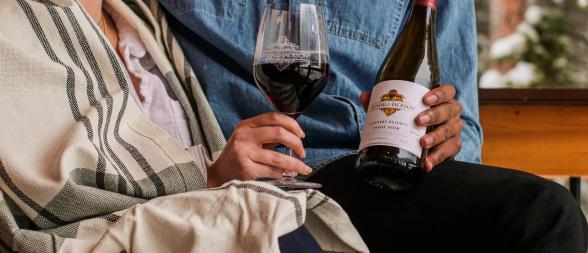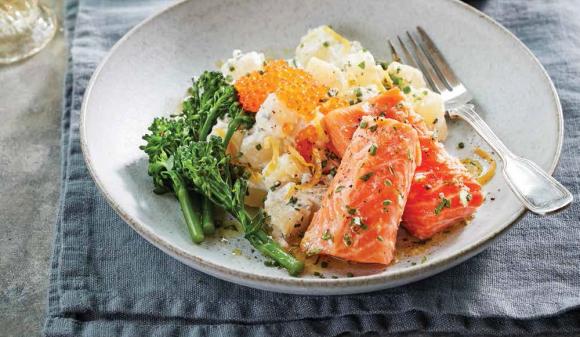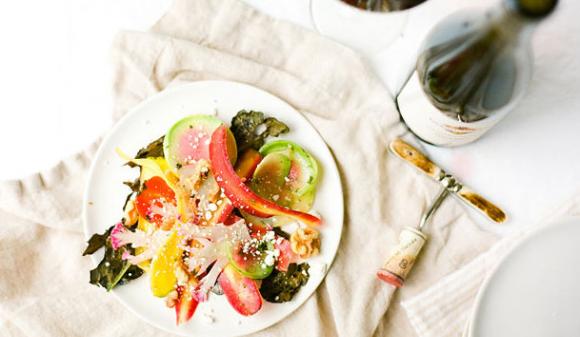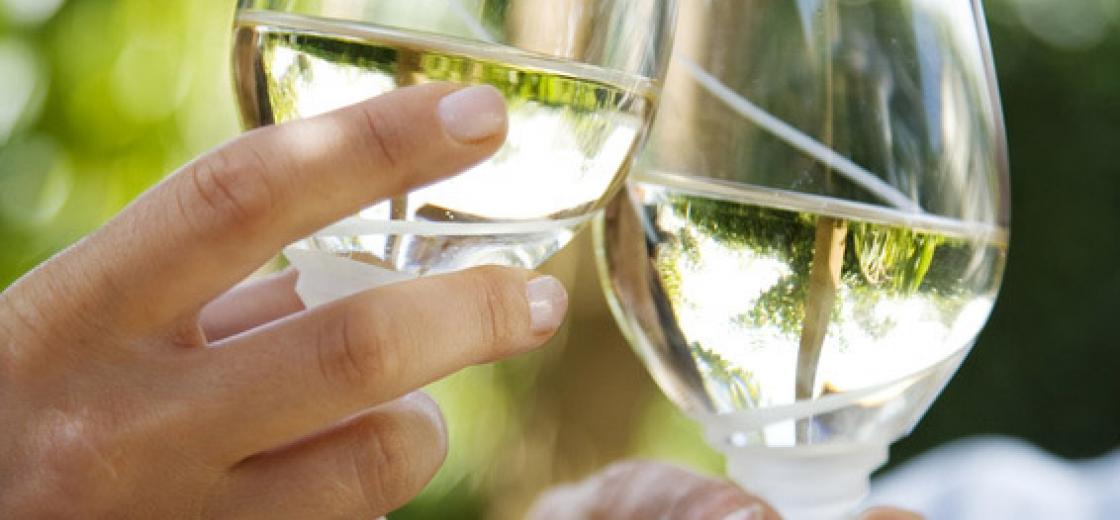
The Approachability Of Wine
One thing that I appreciate about my dad’s philosophy on wine is that it should all be approachable. I respect that wine is subjective and that everyone’s sense of smell and tastes are different. People who are new to wine are often intimidated by how complicated it seems.
I helped fuel of my friends’ enjoyment of wine by helping them to realize there is no “right” or “wrong” way to taste wine. There are no specific rules that determine whether or not you enjoy a glass of wine. There are, however, some components that help familiarize you with the wine, such as identifying the varietal, the texture, the flavor, the aromatics and the weight of the wine in your mouth.
I interviewed Randy Ullom, our winemaster, to get his opinion on what makes Kendall Jackson Vintners Reserve Chardonnay approachable to our consumers. According to Randy, “We make fruit forward wine, so one doesn’t need a PhD to enjoy the fruit and understand the wine. We like that the fruit flows into the mouth and the palate and that’s rewarding. The finish lingers on and on in a fulfilling way that causes one to smile and take another sip. It all boils down to the smell. If you like what you smell, you’ll enjoy the rest of it. We have great coastal fruit that gives us lots of tropical characteristics that aren’t masked with oak, rather supported.”
The fruit for our KJ Chardonnay hails from the cool climates of Sonoma, Mendocino, Sonoma, Carneros, Monterey and Santa Barbara. Although these regions are all considered cool climates, each brings unique flavor characteristics to the blend. From Santa Barbara you get the tropical fruit characteristics of pineapple and mango; from Monterey citrus; from Carneros pear; from Sonoma ripe apple; and crisp green apple from Mendocino.
Many times when people like wine, they don’t necessarily think about why they like it. If you’re interested in becoming more educated in tasting wine, my next blog post will share what I’ve learned in the Intro Master Sommelier class and describe the process of analyzing and evaluating a glass of wine.

